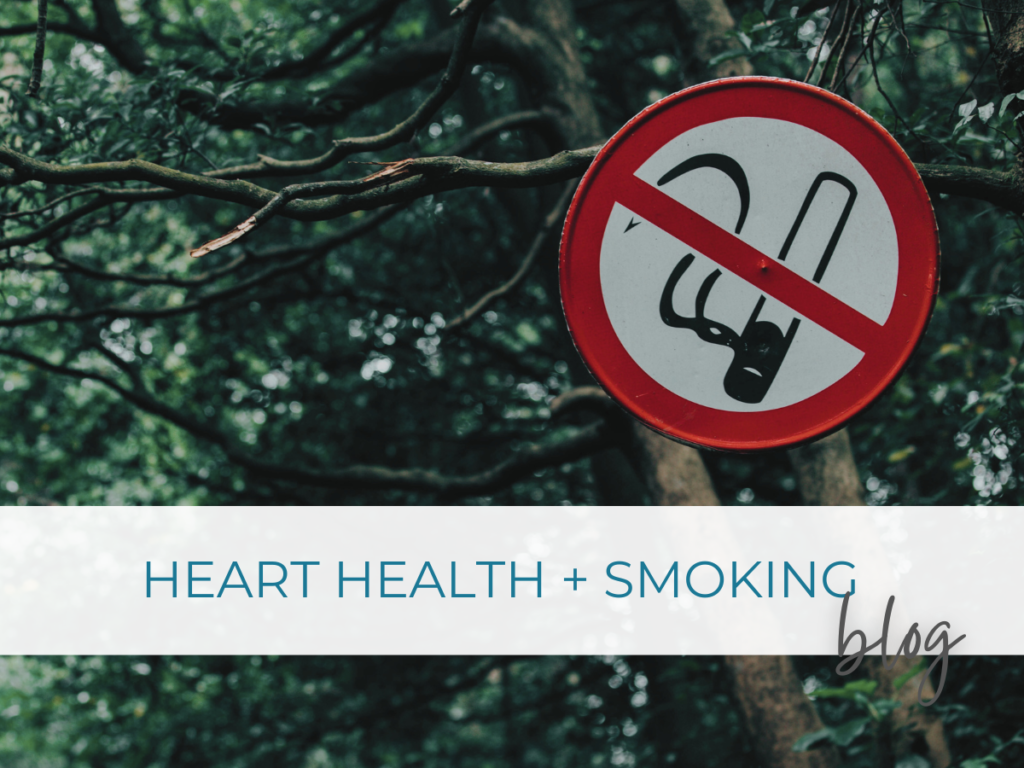Endothelial Damage from Inflammation
Oxidative Stress
Oxidative Stress means that there is a toxic irritant, sometimes called a free radical, that is causing damage to your tissues and organs. The first step is to AVOID exposure to these toxins. The second step is to IDENTIFY and REMOVE these toxins from the body. And the final step is to PROTECT your body from the toxins that can’t be avoided. Antioxidants such as Glutathione, Vitamin C, and more can help quelch free radicals in the body. Research shows that the best source of antioxidants come from our diet – eating from the rainbow colorful fruits and vegetables.
Toxic Metal Exposure from Smoking
Symptoms of Increased Body Burden of Lead
Fatigue
Poor Memory and Brain Fog
Severe Depression
Learning difficulties and behavioural changes in children
Hypertension
Infertility in women and men
Increased inflammatory markers such as hsCRP
Increased risk for neurodegenerative diseases especially Parkinson’s disease
Impacts on red and white blood cells, and overall immune function since these cells are formed in the bone
Testing for Oxidative Stress , Inflammation and Heavy Metal Body Burden
hsCRP – or HIGHLY SENSITIVE C-reactive protein, like the name suggests, is a very sensitive marker for inflammation in the body. This test is not SPECIFIC, meaning the inflammation could be coming from blood vessels or from another injury in the body. However, it is still a great screening test to assess if hypertension is causing arterial damage. Good to note – plain old CRP on most blood tests is not a useful test.
PLAC – The PLAC® Test measures the amount of Lp-PLA2 in the bloodstream. Lp-PLA2 is an enzyme that can assess the amount of inflammation in your arteries.
Oxidized LDL – can be tested on our more advanced cardio-vascular panels. Remember, cholesterol needs to be oxidized first before it can form arterial plaques.
Toxic Metals Testing – toxic metals especially lead can inflame blood vessels and contribute to artery disease.
Time to Quit Smoking
This is no secret. Everyone knows this. Is it time? If you haven’t quit by now, NO JUDGEMENT. Nicotine is addictive and it is HARD to quit. Your naturopathic doctor is here to support you when you decide it is time.
Here is some additional motivation. I love these statistics.
First 24 Hours After Quitting
Constriction of blood vessels starts to cease, resulting in lower blood pressure, reduced pulse rate, and a body temperature that’s returning to normal. These benefits start to occur within the first 20 minutes.
After eight hours of being smoke-free, the carbon monoxide levels in your blood also drop and blood oxygen levels start to normalize.
Twenty-four hours after quitting, your risk of heart attack starts to go down.
Within 72 Hours of Quitting
At the 48-hour mark, your taste and smell receptors start to heal.
Two Weeks After Quitting
Withdrawal symptoms start to decline, but they had peaked for the past 2 weeks. You may feel restless, irritable, anxious and or depressed, and may have trouble sleeping. Talk to your naturopathic doctor for support for cravings and the symptoms of nicotine withdrawal.
Three Months After Quitting
Your body’s circulation has improved, making it possible to tolerate physical activity better, and lung function continues to see improvements as well.
The average person gains between five and 10 pounds during the first few months of quitting smoking. Talk to your naturopathic doctor for strategies during this time.
Nine Months After Quitting
The tiny, finger-like projections in your respiratory tract, called cilia, will have regrown during the first six to nine months, making it easier to clear debris and mucus from your lungs. Your lungs are getting stronger and you are getting less shortness of breath and fatigue.
One Year After Quitting
By the end of year one, your risk of heart attack and stroke drops by about half.
Beyond One Year of Smoking Cessation
After five to 10 years, your stroke risk is reduced and your chance of developing certain cancers is halved. After 10 years, your risk of lung cancer is about half of a current smoker’s. After 15 years, your chance of developing coronary heart disease is similar to a non-smoker’s.








